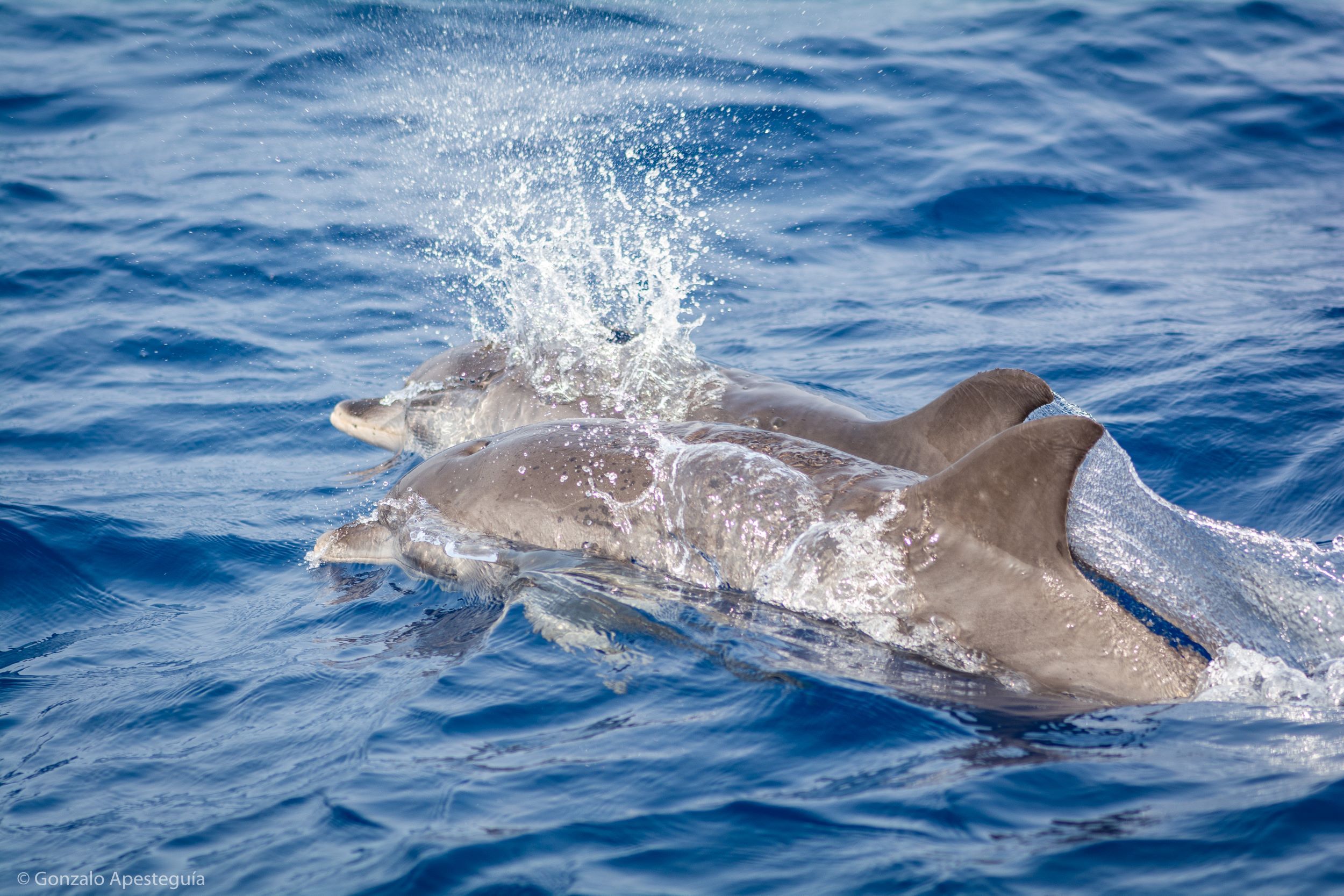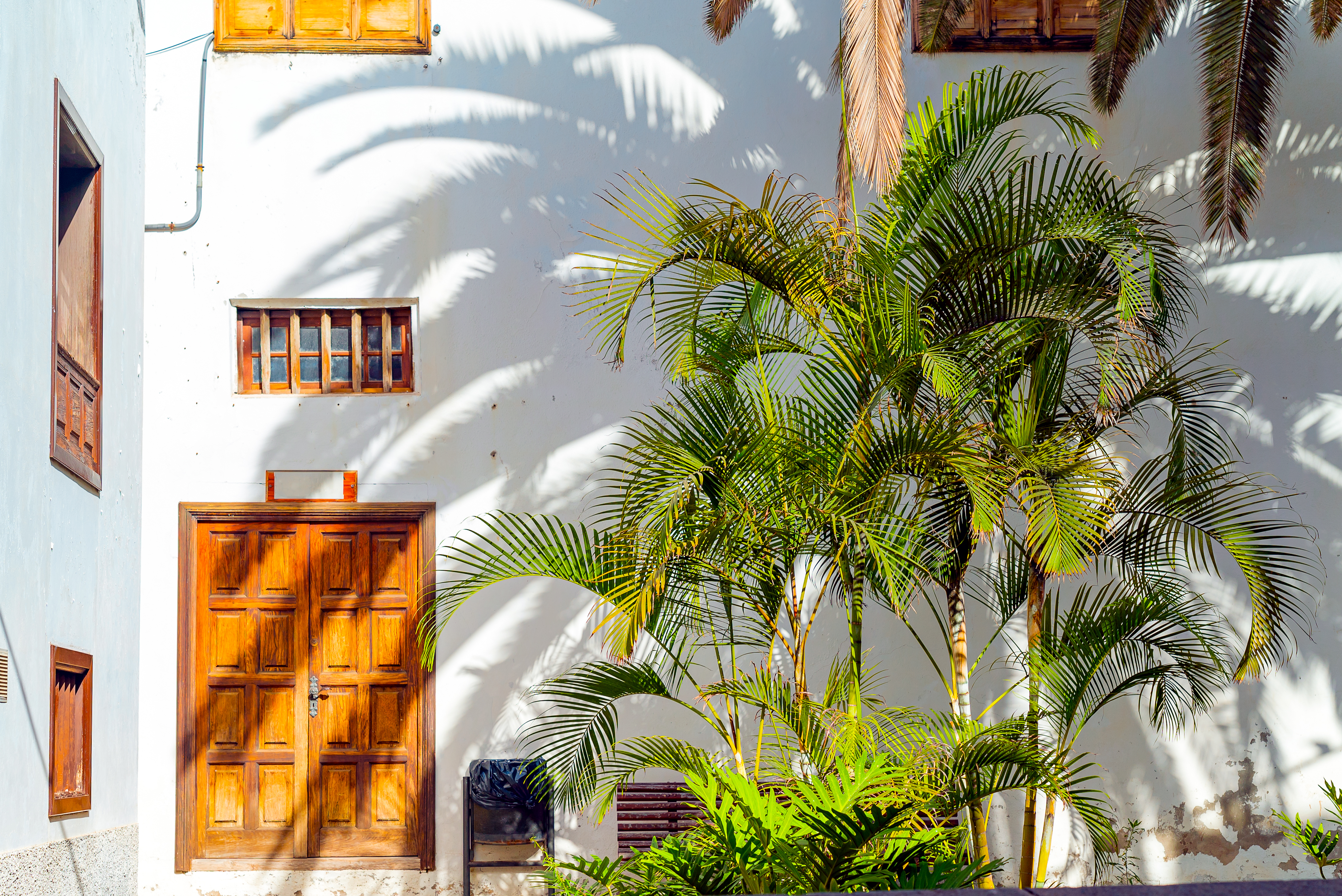Beyond the sun-drenched beaches and vibrant towns, the Mediterranean waters of the Costa Blanca hold one of nature's most magnificent secrets: a thriving population of dolphins and a crucial migration highway for the second-largest animal on Earth. The year 2025 has been truly remarkable, with an unprecedented number of whale sightings off the coasts of Dénia and Jávea, bringing these gentle giants closer to our shores than ever before.
This guide is your ultimate resource for understanding and responsibly experiencing this incredible natural spectacle. We’ll dive into the great fin whale migration, introduce you to the resident dolphin families, and explain how you can participate in ethical whale watching on the Costa Blanca.
The Great Fin Whale Migration: A Marine Superhighway
The star of the show is the majestic fin whale, a streamlined giant that can reach up to 24 meters in length. Every spring and summer, these whales journey from the Atlantic through the Strait of Gibraltar to the rich feeding grounds of the Ligurian Sea. The deep channel between the Costa Blanca and the Balearic Islands acts as a vital corridor for this journey.
A Record-Breaking Year in 2025:
Local conservation groups like the Eucrante association and projects such as Projecte Rorqual have reported a record season. By July 2025, over 60 fin whale sightings were officially logged, many just a few kilometers from the coast around the Cabo de San Antonio Marine Reserve. This makes Dénia one of the best places in Spain to witness this epic migration.
Meet the Locals: The Dolphin Families of the Costa Blanca
While the whales are incredible seasonal visitors, several dolphin species call these waters home year-round. When you're out on the water, you might be lucky enough to spot:
- Bottlenose Dolphins: The most famous species, known for their intelligence and playful nature. They often travel in social pods close to the coast.
- Striped Dolphins: Sleek and incredibly acrobatic, these dolphins are known for their high leaps and travel in large, energetic groups.
- Risso's Dolphins: Unique for the white scars they accumulate over their lifetime, these dolphins are specialists in hunting squid in deeper waters.
Seeing these pods in their natural habitat is a testament to the health of the local marine ecosystem, highlighting the importance of marine conservation on the Costa Blanca.
When Worlds Collide: The Challenge of Coexistence
With so many whales passing through a busy shipping area, challenges inevitably arise. A disoriented whale near a busy port like Dénia faces serious risks from boat traffic and noise pollution.
This is where the crucial work of rescue organizations comes in. The Oceanogràfic Foundation's ARCA del Mar (Marine Animal Rescue Centre) operates a 24/7 network to assist marine animals in distress. Their expert team of vets and biologists is on call to respond to strandings or entanglements, working to guide animals back to safety. This highlights the need for all sea users to be vigilant and respectful.
The health of our seas is vital. Learn more about how you can help in our Traveler's Guide to Sustainable Tourism in Spain.
How to See Whales & Dolphins: A Guide to Ethical Wildlife Watching
Seeing these magnificent creatures is a privilege. To ensure your experience is positive for both you and the animals, follow these ethical guidelines.
- Choose Certified Eco-Tours: The most important step. Seek out tour operators with a strong conservation mission. Companies like WeWhale in Dénia are setting a new standard by using silent, electric catamarans that minimize disturbance. An ethical tour will always prioritize the animals' welfare over getting a close-up shot.
- Maintain a Respectful Distance: Official guidelines mandate keeping a safe distance (at least 60 metres). A good operator will never chase, corner, or cut off the path of the animals.
- Let the Animals Be in Control: The most magical encounters happen when curious dolphins choose to approach a quiet, stationary boat. Patience is key.
- Limit Viewing Time: A responsible encounter should be brief (15-20 minutes) to avoid causing stress.
- Be a Citizen Scientist: Your sighting is valuable data! Report what you see to your tour operator or look for apps and websites from local conservation groups to log your sighting.
Learn more about the pioneering work in silent whale watching by visiting the WeWhale Website.
Frequently Asked Questions (FAQ)
Q1: What is the best time of year for whale watching on the Costa Blanca?
A1: The best time to see the migrating fin whales is during the spring and early summer, typically from May to August. Dolphins can be seen year-round, but calm seas in the summer months often provide the best viewing conditions.
Q2: What types of whales and dolphins can be seen near Dénia?
A2: The most commonly seen whale is the migrating fin whale. The most common dolphin species are the bottlenose dolphin, striped dolphin, and Risso's dolphin.
Q3: Is it guaranteed that I will see whales or dolphins on a tour?
A3: No, these are wild animals in their natural habitat, and sightings are never guaranteed. Reputable tour operators will not offer a guarantee but will use their expertise to maximize your chances while respecting the animals.
Q4: What should I do if I see a marine animal that appears to be in distress?
A4: Do not approach the animal. Keep a safe distance and immediately call the emergency services at 112. They will activate the official marine animal rescue network, such as the team from the Oceanogràfic Foundation.




